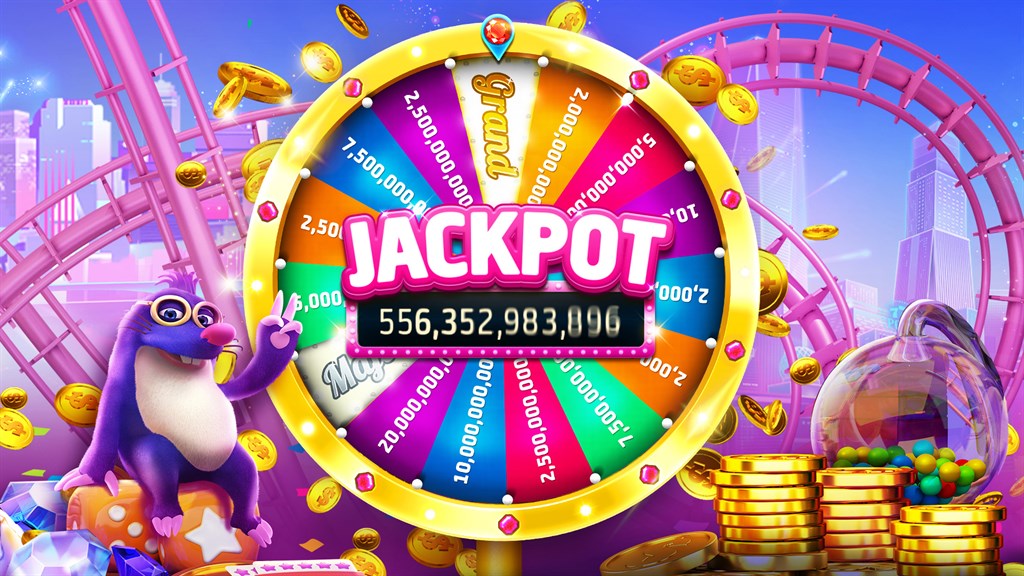In the grand tapestry of human entertainment, few phenomena have captured the collective imagination quite like online gaming. What began as humble pixels on a screen has evolved into sprawling virtual worlds, where millions of players traverse vast landscapes, forge alliances, and embark on epic quests thingsthatdontexist.com. The journey of online games is not merely a technological progression but a cultural phenomenon that reflects the evolving nature of human interaction in the digital age.
The dawn of online gaming can be traced back to the early days of the internet, where text-based MUDs (Multi-User Dungeons) provided a glimpse into the potential for virtual interaction. These primitive realms, though rudimentary by today’s standards, laid the groundwork for what was to come. As technology advanced, so too did the complexity and scale of online games.
The 1990s saw the emergence of graphical MMORPGs (Massively Multiplayer Online Role-Playing Games) like Ultima Online and EverQuest. These pioneering titles introduced players to persistent online worlds where they could create avatars, interact with other players, and engage in a wide array of activities. The success of these early MMORPGs paved the way for the genre’s explosive growth in the years that followed.
The 2000s witnessed a golden age of online gaming, marked by the release of iconic titles such as World of Warcraft, EVE Online, and Runescape. These games captivated audiences with their immersive worlds, captivating narratives, and social elements. Players formed guilds, embarked on raids, and competed in player-versus-player battles, forging friendships and rivalries that transcended the digital realm.
As technology continued to advance, so too did the scope of online gaming experiences. The rise of broadband internet and powerful gaming consoles enabled developers to create increasingly ambitious virtual worlds. Games like Second Life and Minecraft allowed players to unleash their creativity, building and sculpting virtual landscapes limited only by their imagination.
The advent of social media further transformed the landscape of online gaming, blurring the lines between virtual and real-world interactions. Platforms like Facebook and Twitch provided avenues for players to connect, share experiences, and broadcast their gameplay to a global audience. Esports emerged as a legitimate form of competition, with professional gamers competing for fame and fortune in tournaments watched by millions.
Today, online gaming encompasses a diverse array of genres and platforms, from massive open-world RPGs to fast-paced multiplayer shooters. The rise of mobile gaming has made these experiences more accessible than ever, allowing players to dive into virtual worlds anytime, anywhere. Virtual reality technology promises to usher in a new era of immersive gaming, where players can step into fully realized alternate realities and experience games in ways previously unimaginable.
But perhaps the most remarkable aspect of online gaming is its ability to bring people together across geographic, cultural, and linguistic boundaries. In virtual worlds, players from all walks of life can come together to collaborate, compete, and form lasting friendships. Online gaming transcends traditional barriers, offering a glimpse of a more connected and inclusive future.
